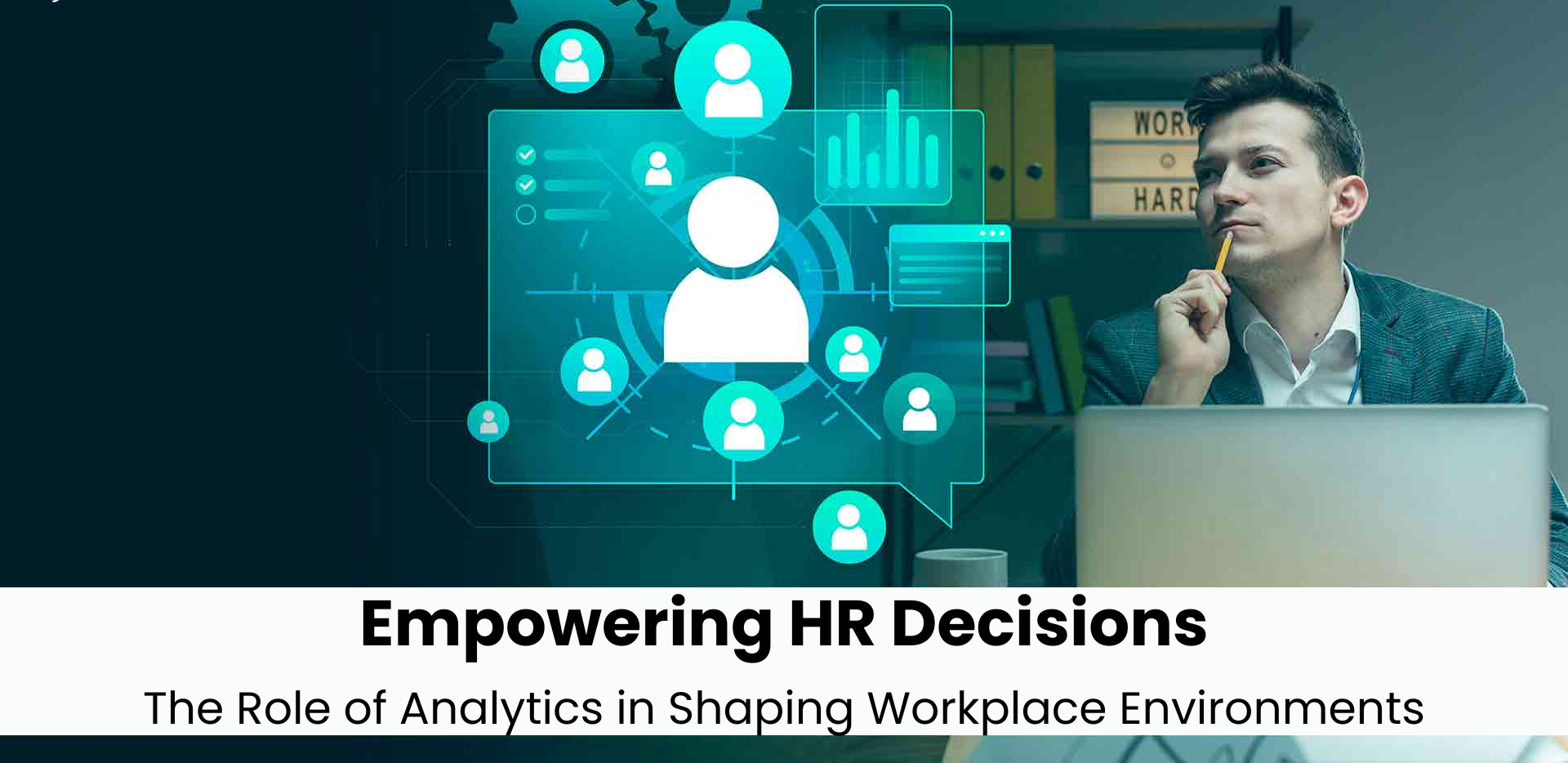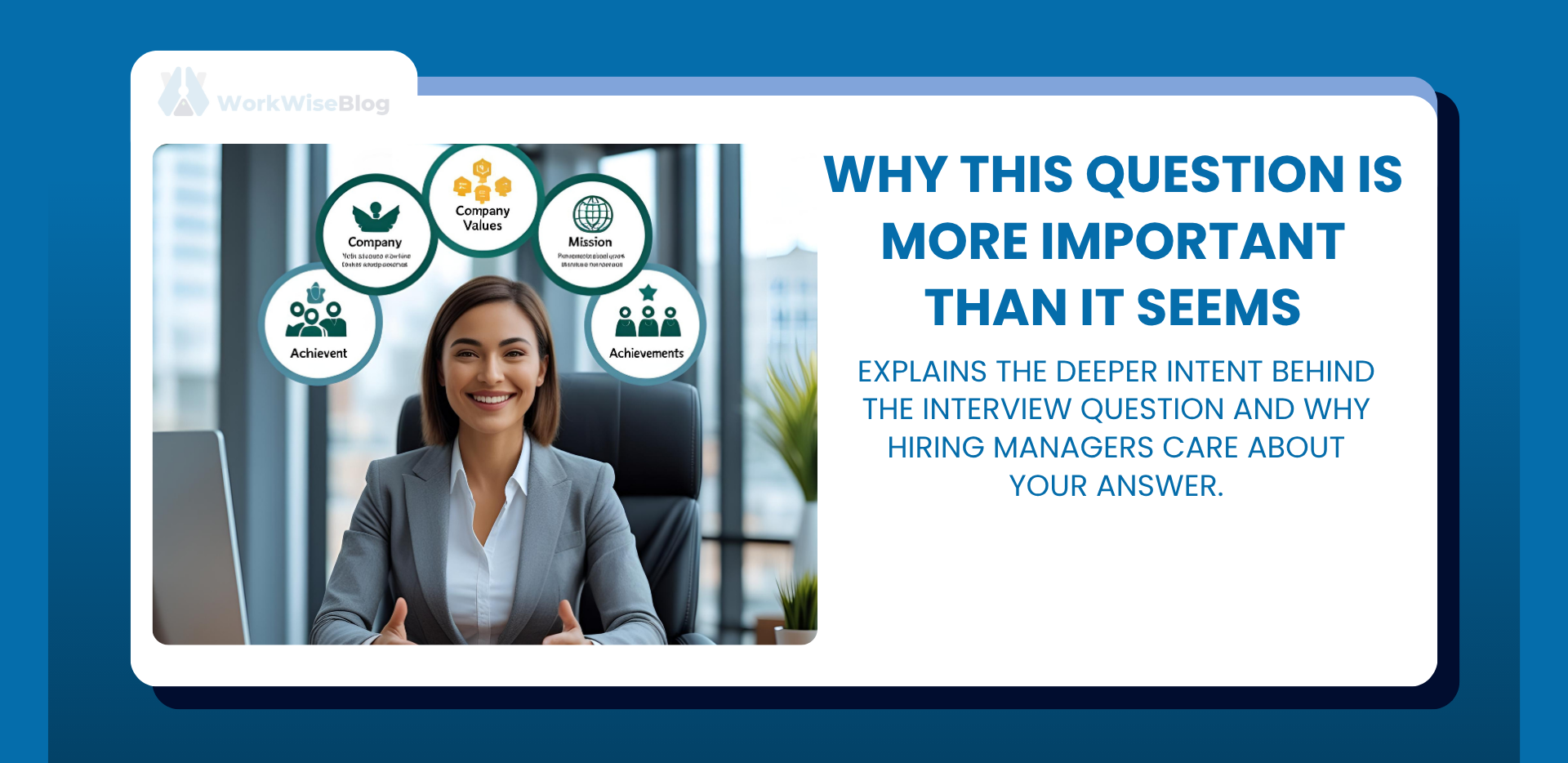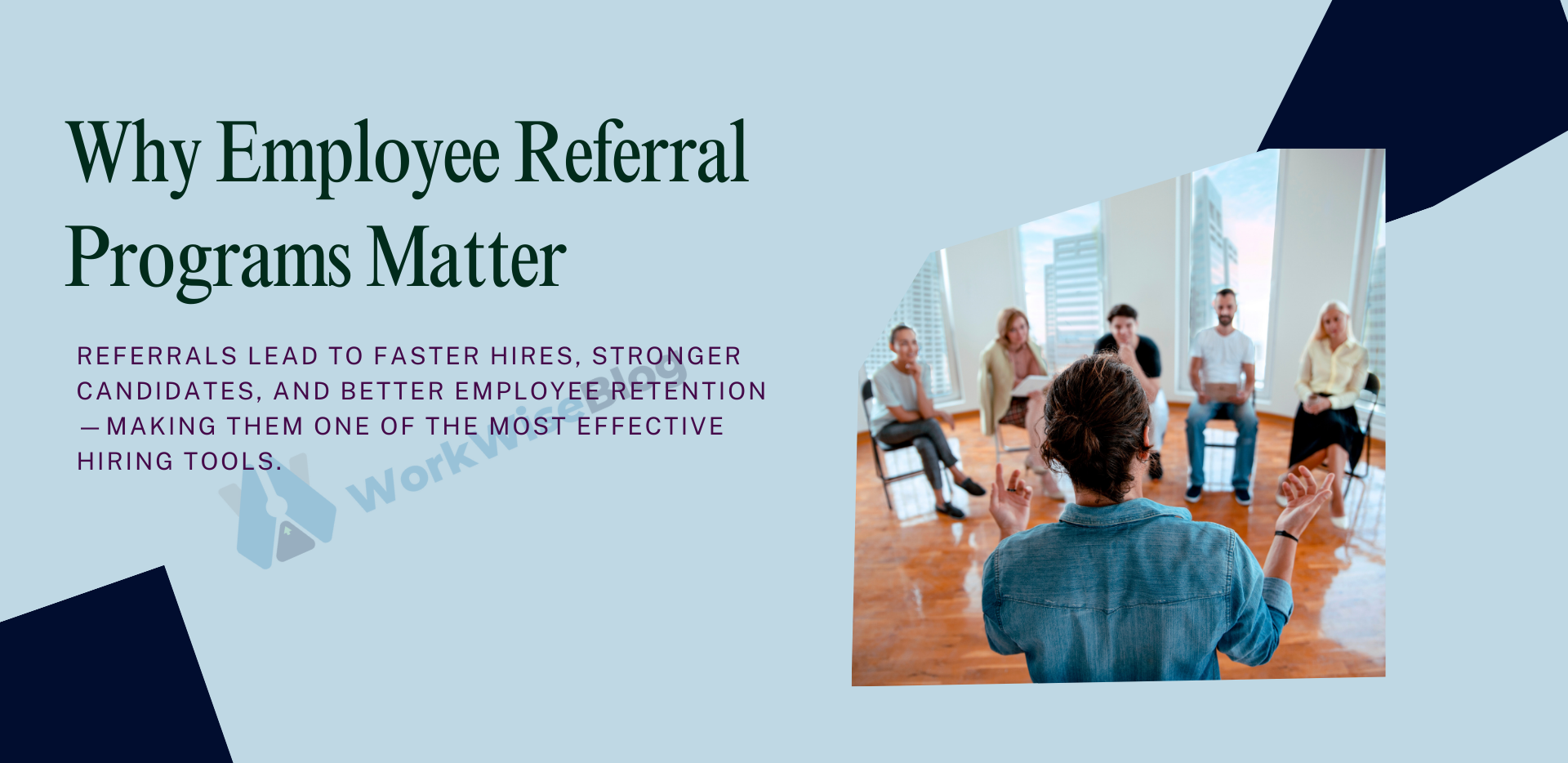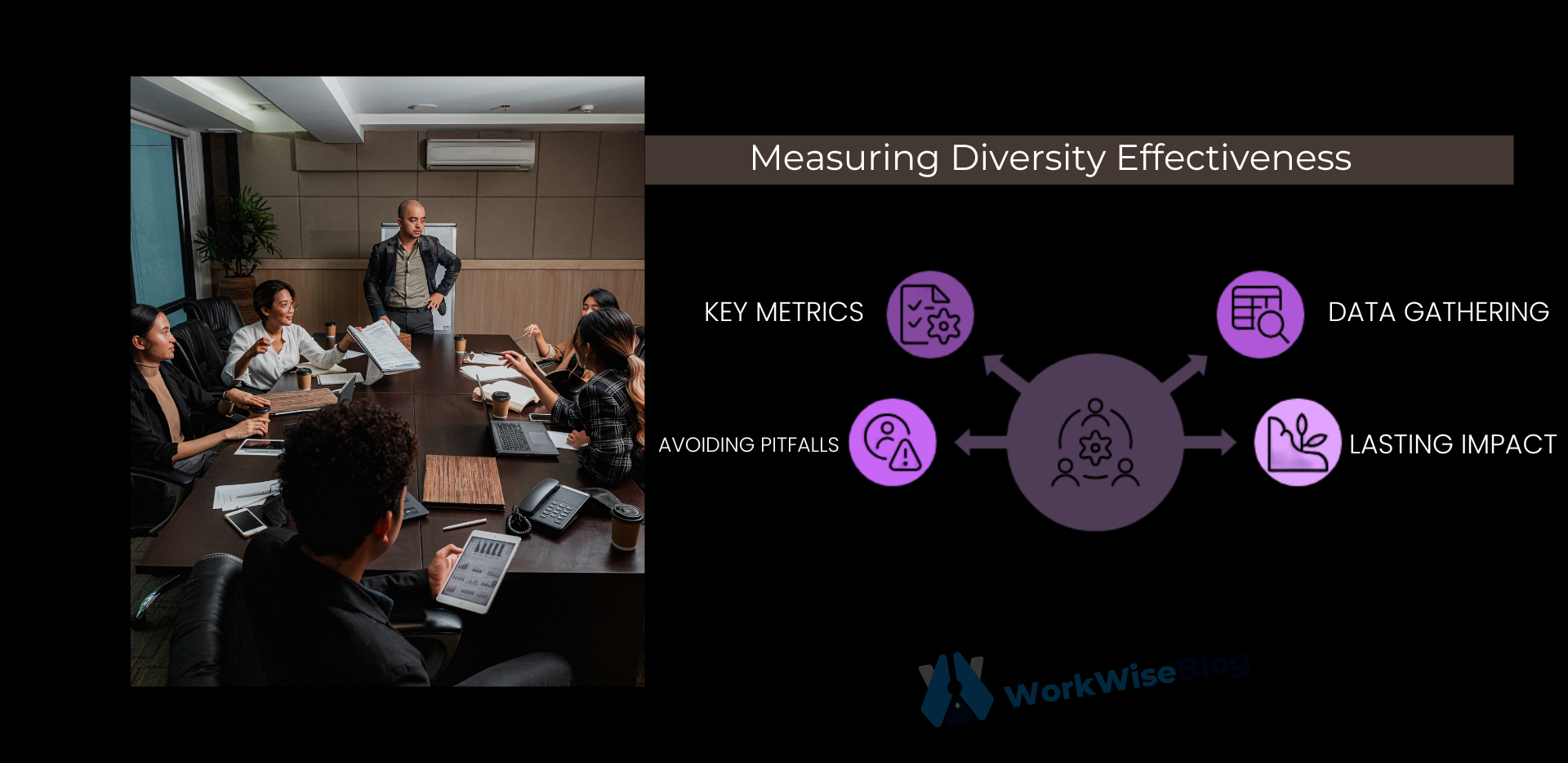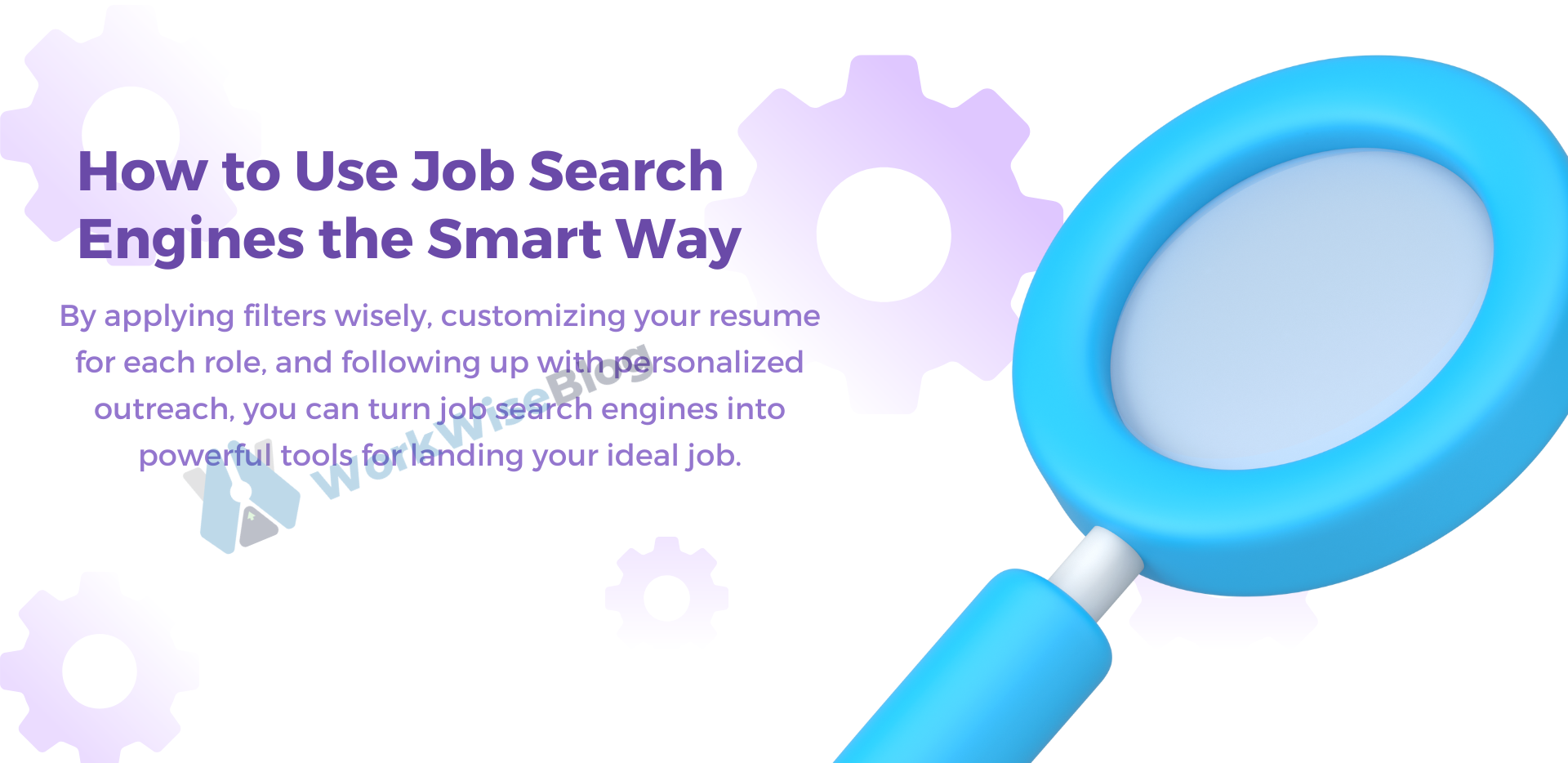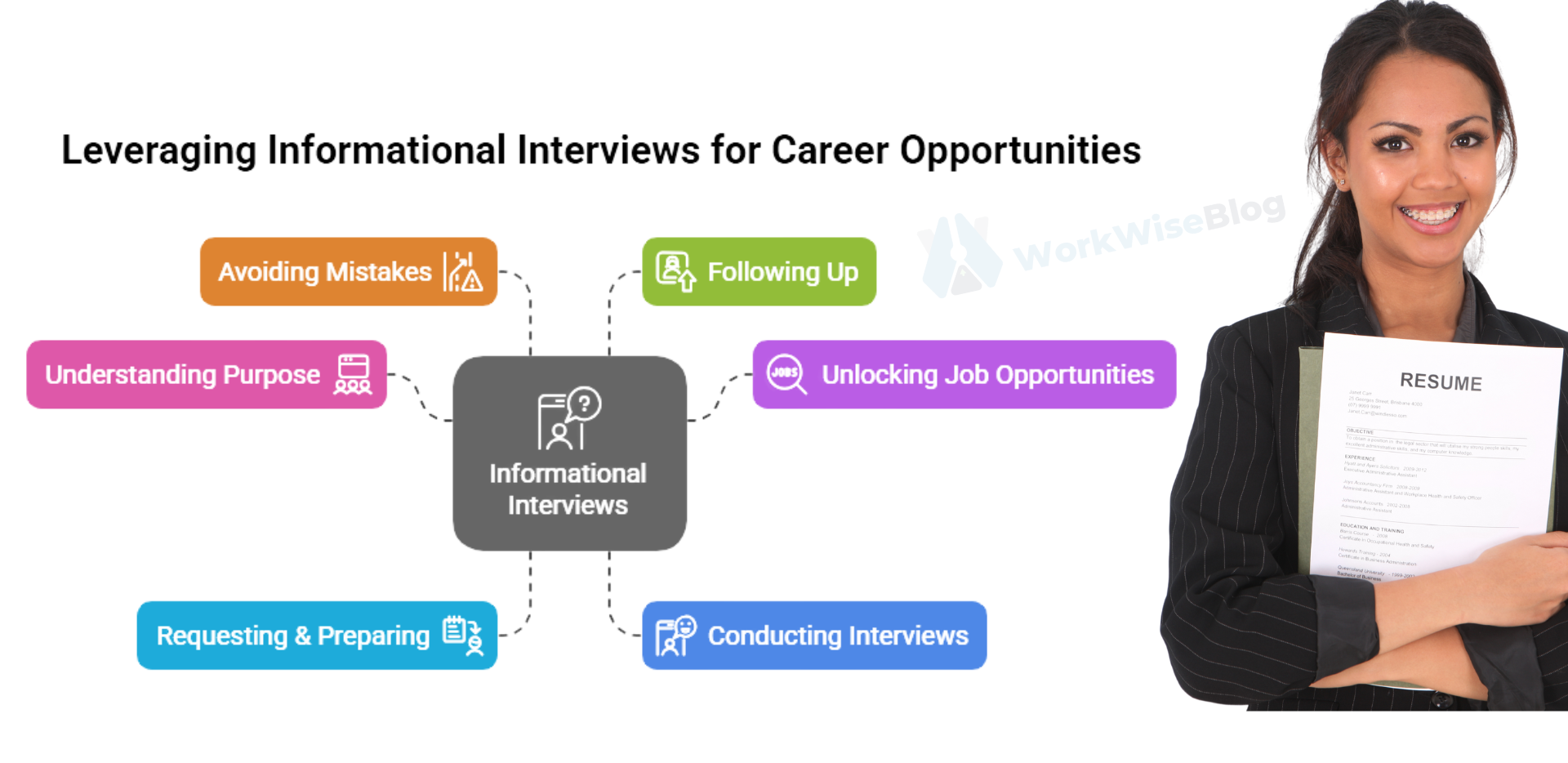
What Is HR Analytics?
HR analytics, people analytics, or workforce analytics refers to the activity of collecting, examining, and analyzing employee information in order to drive workplace outcomes. It is more than a matter of report-writing—HR analytics is an attempt to unearth patterns and predict trends so businesses can make good decisions.
HR leaders can utilize actual data rather than assumptions in order to create policies, fix issues with employees, and maximize workplace culture in general.

Key Areas Where HR Analytics Can Be Applied
HR analytics can provide valuable insights in a variety of areas, including:
HR Function | Questions HR Analytics Can Answer |
Recruitment | Which sourcing channels bring the best candidates? |
Employee Engagement | What factors influence employee satisfaction and productivity? |
Retention | Why are employees leaving, and how can we reduce turnover? |
Performance | Which employees are high performers, and what factors contribute to their success? |

Why HR Analytics Matters for Building Better Work Environments
A positive work environment doesn’t happen by accident. It’s the result of deliberate actions taken by HR leaders based on real insights.
Here’s how HR analytics can help:

1. Employee Pain Points Identification
Without data, it’s difficult to identify what’s amiss in your organization. HR analytics identifies issues before they become too big to handle.
- For instance, analytics can show:
- High-turnover departments.
- Low-engagement teams.
- Top reasons why employees leave.
By recognizing these hotspots, HR leaders can act specifically to enhance the employee experience.
Example:
If analytics reveals that the workers in a particular department are leaving because they’re burned out, HR can implement workload balancing or mental health initiatives to fix it.
2. Improving Employee Engagement and Satisfaction
Engaged employees are more productive, loyal, and motivated. But how do you know what drives engagement?
HR analytics can help you track:
- Which policies improve engagement.
- What factors contribute to employee satisfaction.
- How engagement levels vary across different teams.
Actionable Tip:
Use engagement surveys and track trends over time. If data shows that remote employees are more engaged than in-office workers, consider offering more flexible work arrangements.
3. Reducing Employee Turnover
Employee turnover is one of the most expensive problems companies face. It costs time, money, and productivity to replace lost employees.
With HR analytics, you can predict turnover trends and identify at-risk employees before they leave.
How It Works:
- Analyze exit interviews to identify common resignation reasons.
- Track job satisfaction scores and performance reviews.
- Identify patterns in employee tenure and attrition rates.
Example:
If your data shows that new hires are leaving within their first six months, it may indicate a problem with your onboarding process.
4. Enhancing Diversity and Inclusion Efforts
Building a diverse and inclusive workplace requires more than just good intentions. HR analytics helps companies track diversity metrics and identify gaps.
Key Metrics to Track:
- Gender and ethnic diversity across departments.
- Pay equity between different demographic groups.
- Promotion rates for underrepresented employees.
- By tracking progress over time, HR leaders can ensure their D&I efforts are effective and not just performative.
5. Driving Better Performance Management
Routine performance reviews tend not to give the whole picture about an employee’s value. HR analytics can generate a more integral way of performing performance management through monitoring:
Key performance measures (KPIs).
Rates of completing projects.
Employee development rates.
HR is able to perform fairer appraisals using data-driven knowledge and determine points at which workers need assistance.
How to Get Started with HR Analytics
Implementing HR analytics doesn’t have to be overwhelming. Follow these steps to start using data to improve your workplace.
Step 1: Define Your Goals
What problems are you trying to solve with HR analytics?
Examples of goals:
- Reduce employee turnover by 10% in the next year.
- Increase employee engagement scores by 15%.
- Identify top performers for promotion opportunities.
Step 2: Collect the Right Data
You don’t need every piece of data—just the relevant metrics that align with your goals.
Key HR Metrics to Track:
- Turnover rates
- Engagement scores
- Time-to-hire
- Diversity metrics
- Employee satisfaction surveys
Step 3: Use Analytics Tools
There are several HR analytics tools available to help you collect, analyze, and interpret data.
Tool | Purpose | Best For |
BambooHR | Employee data tracking and reporting | Small to medium businesses |
Workday | Advanced people analytics | Large enterprises |
Tableau | Data visualization | Creating custom dashboards |
Visier | Workforce analytics and insights | Predictive analytics |
Step 4: Act on Insights
Data only matters if you apply it to create changes.
Example Actions:
Take action if data indicates high burnout levels, implement flexible work arrangements.
Take action if diversity statistics are low, change your hiring processes to acquire a diverse group of applicants.
Step 5: Monitor and Adjust
HR analytics is not something you do once and forget. Keep monitoring the metrics and making changes accordingly.
Common Mistakes to Avoid with HR Analytics
Too Much Focus on Multiple Metrics:
Measure only what counts for your objectives.
Violation of Employee Privacy:
Data collection and use should be done in an ethical manner.
Not Following Through on Insights:
Numbers alone won’t effect change.
Final Thoughts: The Future of HR Is Data-Driven
HR analytics is no longer a nice-to-have—it’s a must-have tool for shaping better work environments. By leveraging data, HR leaders can make informed decisions that improve employee engagement, boost retention, and foster a positive workplace culture.
Ready to take your HR strategy to the next level? Start implementing HR analytics today and turn insights into action.

